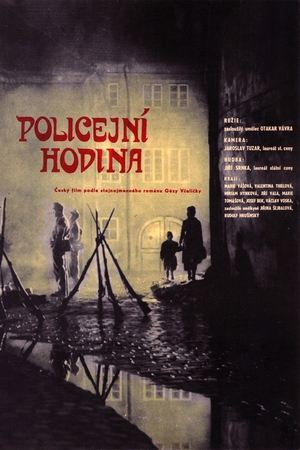
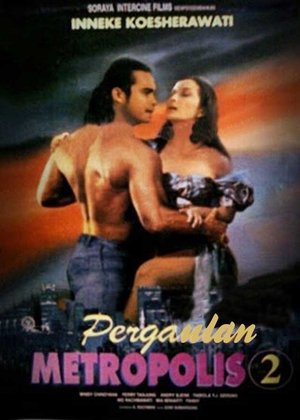
Pergaulan Metropolis 2(1995)
Budi (Ferry Tanjung) succeeded in making fun with Ineke (Inneke Koesherawati) who was made a model. Then he pretended to be a garong to make a surprise at Lisa (Windy Chindyana), the director where he worked. Then they were married. Ineke could only see through the glass of his car. Then it was shown that Budi was seducing the other prospective models that he wanted to orbit.

Movie: Pergaulan Metropolis 2
Top 8 Billed Cast
Lisa
Budi
Johny

Pergaulan Metropolis 2
HomePage
Overview
Budi (Ferry Tanjung) succeeded in making fun with Ineke (Inneke Koesherawati) who was made a model. Then he pretended to be a garong to make a surprise at Lisa (Windy Chindyana), the director where he worked. Then they were married. Ineke could only see through the glass of his car. Then it was shown that Budi was seducing the other prospective models that he wanted to orbit.
Release Date
1995-11-13
Average
10
Rating:
5.0 startsTagline
Genres
Languages:
Bahasa indonesia
Recommendations Movies
 6.0
6.0You(en)
Through new camera techniques never before attempted we are able to put your audience on the edge of their seats, gasping for breath through FEEL-A-VISION. Your audience will boast that in one night they were able to whip a young girl to her masochistic climax - feel the warmth of a young female hitchhiker's gratitude for giving her a ride - answer a voyeur's plea to endure his young wife's sensuous desires - be sucked into a back alley profession they only dreamed existed - be pulled into a religion that requires a witness to an act of awareness by two young female believers and finally to participate with them in the most bizarre rite of depravity - take pictures of a would be starlet in a celebrated model studio and for a few dollars more get exactly what they want - get anything they wanted from a young Mexican girl in trouble with the police in return for helping her escape.
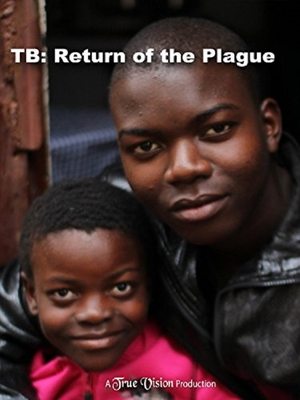 4.0
4.0TB: Return of the Plague(en)
TB is the most deadly infectious disease in history - it has killed over a billion people in the last 200 years. Multi-BAFTA winning film-maker, Jezza Neumann travelled to Swaziland to make this very intimate account of the crippling effects of MDR-TB. We witness victims from two families battle with the disease over the course of a year.
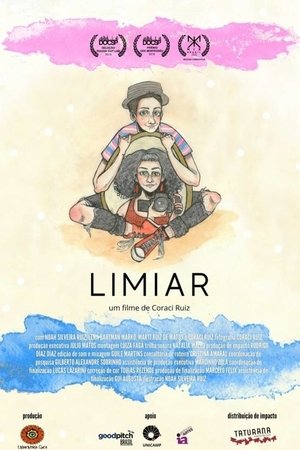 5.6
5.6Threshold(pt)
An autobiographical documentary made by a mother who follows the gender transition of her adolescent son: between 2016 and 2019 she interviews him addressing the conflicts, certainties and uncertainties that pervade him in a deep search for his identity. At the same time, the mother, revealed through a firstperson narration and by her voice behind the camera that talks to her son, also goes through a process of transformation required by the situation that life presents her with by breaking old paradigms, facing fears and dismantling prejudices.
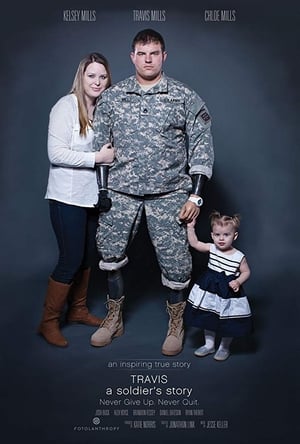 9.3
9.3Travis: A Soldier's Story(en)
Army Staff Sgt. Travis Mills, one of five quadruple amputees to survive their injuries, provides insight into the life of a wounded soldier as he faces the physical and emotional challenges of his wounds.
 6.0
6.0Firmware(en)
A young woman and her decommissioned military droid struggle to escape a nuclear exclusion zone, hoping to find a better life on the outside -- free from the oppression of the forces that keep her there.
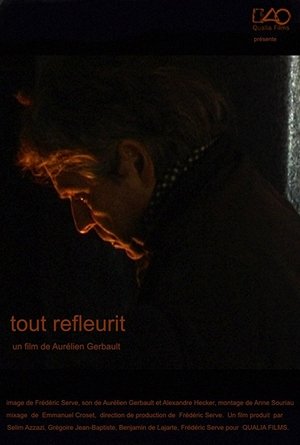 8.0
8.0All Blossoms Again: Pedro Costa, Director(en)
With this movie, Aurélien Gerbault invites us to know the portuguese filmmaker Pedro Costa and to witness the process of shooting of his movie Colossal Youth (2006). The nature of Costa's cinema is revealed to us: the criation of an intimate space in the hardness of reality.
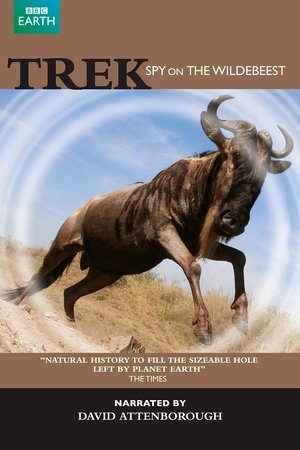 7.0
7.0Trek - Spy on the Wildebeest(en)
Each year over 1.2 million wildebeest travel across the vast Serengeti plains and Kenya's Masai Mara on a 1,800 kilometer circular journey, relentlessly followed by every big African predator. Revolutionary spy cams - airborne, swimming or disguised as rocks, skulls or dung - reveal the Great Wildebeest Migration from entirely new perspectives. This 2-part series focuses on the growing-up of a calf as he takes his first steps, faces his first deadly perils and tries to cross crocodile-infested rivers. It combines natural humor with exciting drama and gripping music.
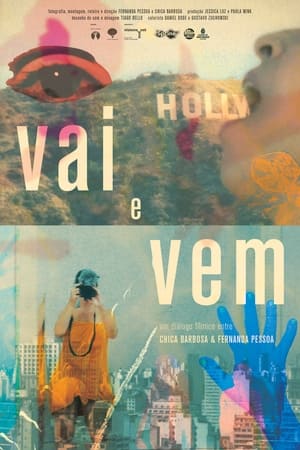 6.2
6.2Swing and Sway(pt)
Two friends respond to the challenges of the present by connecting through a playful provocation. Separated by America’s hemispheres, one in Brazil and the other in the U.S, they communicate strictly through video letters during a year. As a rule, each letter is formally and thematically inspired by a woman experimental filmmaker. As life unfolds, they express on film what they want to share with each other: the experience of being a recent immigrant, the expectations of political elections in both countries, their fears and hopes, all while observing the different women around them.
 8.0
8.0The Shell(pt)
A boy meets God and takes his chance to ask for the truth about life itself.
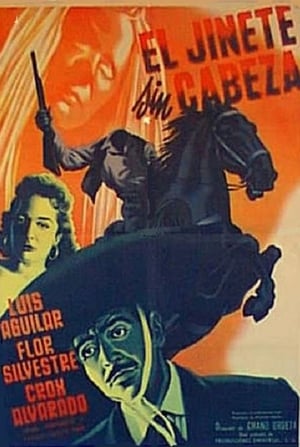 4.9
4.9The Headless Rider(es)
A mute phantom hero takes on skull-masked killers, a disembodied living hand and a corpse that won't stay in its grave. This is the first in a trilogy of horror/western hybrids that also includes the films La marca de Satanás ("The Mark of Satan") and La cabeza de Pancho Villa ("The Head of Pancho Villa").
The Boys Think They Have One on Foxy Grandpa, But He Fools Them(xx)
The boys dance to Grandpa's banjo playing, then indicate that he can't equal their skill. Grandpa gets up and performs an intricate step while still playing the banjo.
Holodomor: Ukraine's Genocide of 1932-33(en)
"In 1932-33, Ukraine, the breadbasket of Europe, had bountiful crops of grain, yet its people were dying of starvation. In order to crush the will of the independent-minded Ukrainian peasants and secure collectivization of all Ukrainian lands, Joseph Stalin ordered an army of ruthless, Communist Party activists to confiscate all harvested grain and seize all the foodstuffs in the villages. As a result of this genocidal decree, by the end of 1933 nearly 25 percent of the Ukrainian population - up to 10 million people, including 3 million children - had perished! In the face of terror, Ukrainians had little possibility of escaping their horrific fate to create another life elsewhere. Travel was banned for Ukrainians keeping them confined in a prison of starvation within their own villages." - Written by Bobby Leigh
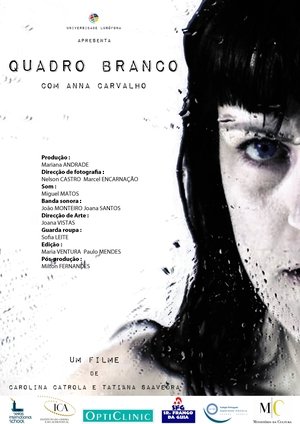 10.0
10.0Quadro Branco(en)
In a world where society is controlled by a totalitarian regime and children are the tool of ideological formatting, Isa realizes that her child is different from the others and that this will bring consequences to her life.

